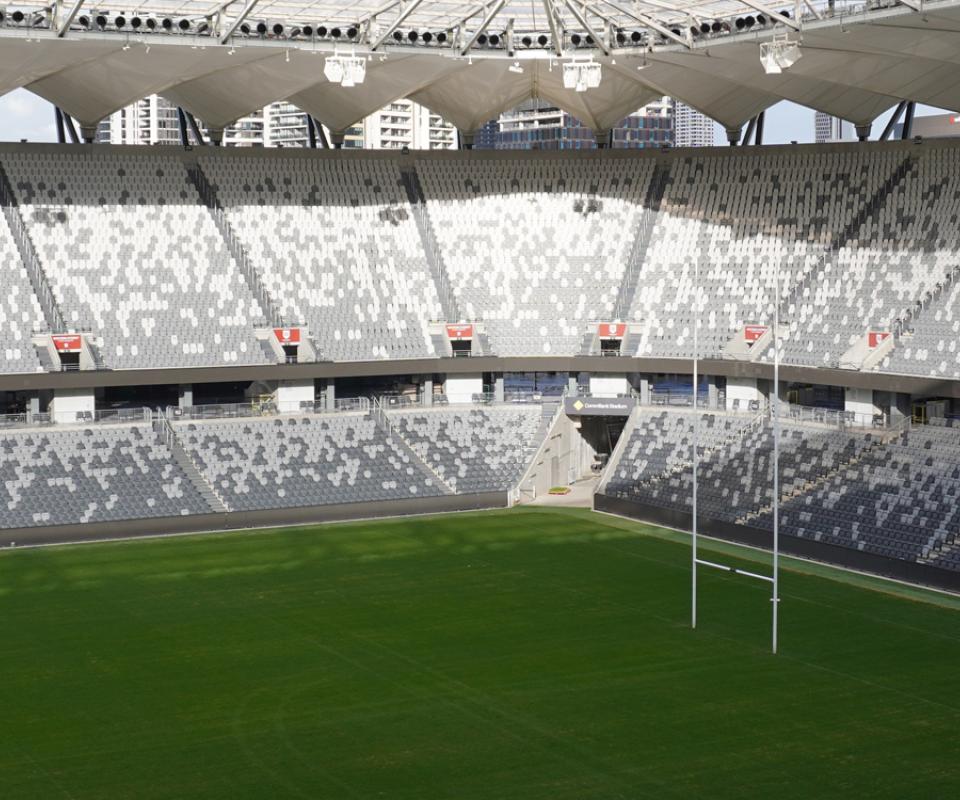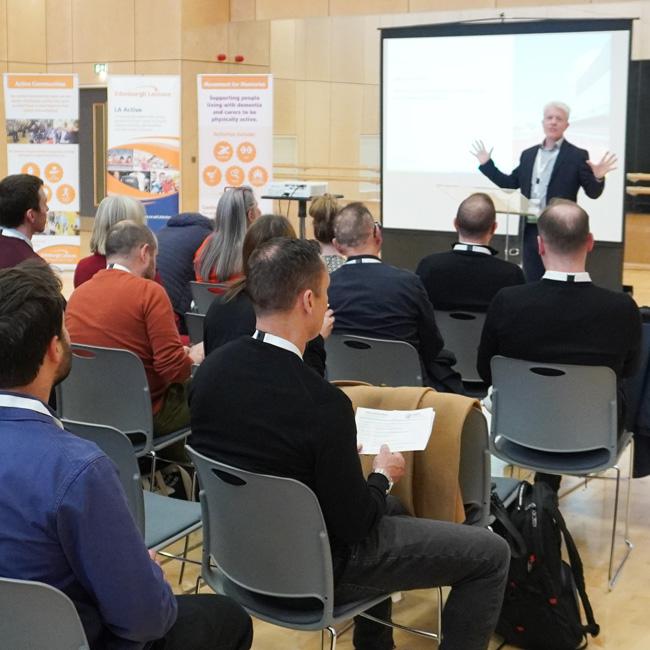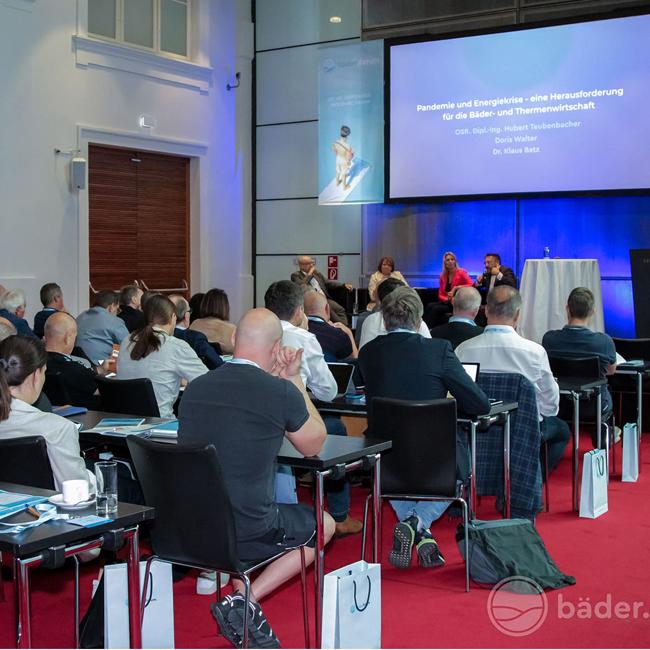This year's IAKS study trip took place in three stages to Melbourne, Sydney and Brisbane. From 25th June to 3rd July 2024, it enabled participants to visit traditional and modern sports and leisure facilities, get to know Australian sports culture and exchange ideas with operators and architects. The IAKS Australia/New Zealand team, led by Yvette Audet, had put together an exclusive sightseeing program.
The highly international IAKS tour group comprised 40 architects, operators and manufacturers from Argentina, Australia, Austria, Canada, China, Germany, India, Japan, Malaysia, New Zealand, Singapore, Switzerland and the United Kingdom. The focus of the visits and discussions was on rugby and cricket stadiums, club sports centres with competitive and sport for all profiles as well as public sports and swimming centres.
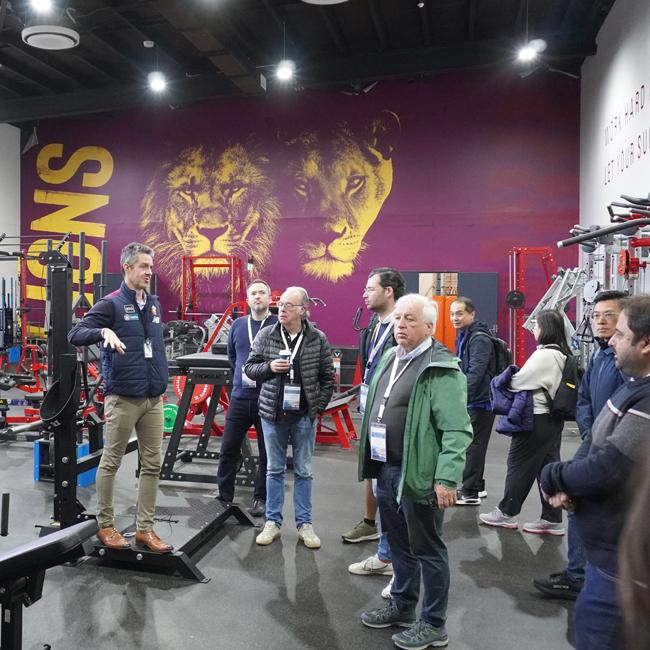
Rugby and cricket provide the fan experience

Melbourne Cricket Ground
In Melbourne, the Melbourne Cricket Ground (MCG) was a top-class venue on the program. The MCG is one of the most important and largest stadiums in Australia with space for around 100,000 spectators. The history of the facility can be traced back to 1853, since when the stadium has been owned and operated by the Melbourne Cricket Club. In addition to the tour by the technical management of the MCG, a visit to the "State of Origin" rugby game between the Queensland and New South Wales select teams in front of 90,000 spectators also left a lasting impression. Similar to the MCG, the Sydney Cricket Ground and "The Gabba" in Brisbane also have a circular stadium interior and are used not only for cricket, but also for rugby (NRL and rugby union) as well as for concerts and similar events. All three stadiums have existed at their respective locations for 120 to 150 years and have been rebuilt several times over the decades.
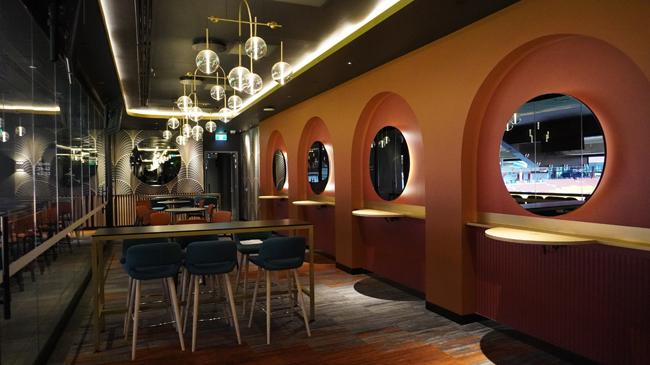
Due to the great popularity of the two rugby variants "NRL" and "Rugby Union" as well as the increasing interest in football/soccer, various new rectangular stadiums have been built in the last 20 years. AAMI Park in Melbourne, Allianz Stadium, Accor Stadium and CommBank Stadium (all in Sydney) as well as Suncorp Stadium in Brisbane impressed with high spectator comfort and extensive VIP and conference areas.
The stadiums visited are generally operated by the public sector and rented out to the clubs using them. As all stadiums are used by two or more sports or sports clubs, areas and rooms are designed for flexible branding. Compared to European stadiums, the high proportion of digital boards, screens and signage areas on all levels of the stands was impressive. In addition to rapid customization, these also enable breathtaking event staging before the start of the match. At Accor Stadium, the world's largest digital screen currently, 120 meters wide, gave an idea of new dimensions of experience.
During the tour of the Australian Open tennis center in Melbourne, the participants gained insights into the successful operation of an "event center" with several multifunctional arenas of different sizes, which are marketed from a single source and can therefore meet any capacity requirements and wishes of event organizers.
At Accor Stadium, the world's largest digital screen currently, 120 meters wide, gave an idea of new dimensions of experience.
High-level sport and sport for all under one roof

Sydney Swans Headquarter
High-level sport plays an important role in public life in Australia. Thanks to the support of sponsors and fans, a surprising number of professional teams can exist side by side. Many professional leagues and clubs have built modern high-level sports centres in recent years in order to offer their athletes optimal training conditions as well as to make the administration and marketing of the organization fit for the future.
While the New South Wales Rugby League center is a "classic" high-level training centre for athletes only, the sports centres of the South Sydney Rabbitohs, the Sydney Swans and the Brisbane Lions not only offer facilities for strength and endurance training as well as performance diagnostics and medical rehabilitation for the professionals, but also a wide range of fitness, games and health offers for the population from young to old. The focus here is on the idea of inclusion, whether in terms of equal facilities for the men's and women's teams or course programs for all user groups with different abilities. The extensive and high-quality offers naturally come at a price: the monthly fee for using the fitness, health and swimming offers is between 120 and 160 euros.
Focus on swimming and fitness

Sydney Paramatta Aquatics Centre
The IAKS study tour also took in the publicly operated swimming and sports centers in Brimbank near Melbourne, at Sydney Olympic Park, in Parramatta, at Sleeman Centre, at Pimpana Sports Hub and in Gold Coast. Similar to the Canadian "community centre" concept, sports, fitness and health services for the community are combined in one facility, with an Australian focus on swimming and fitness training. The IAKS experts were surprised by the large number of 50 m sports pools with more than just eight lanes. The amount of water space available in Australia exceeds European dimensions and financial possibilities many times.
The operator concepts are based on a high proportion of memberships for swimming, fitness training and courses. With annual user numbers of between 650,000 and 900,000, the municipal subsidies can be limited to around EUR 1 per user.
Architecture and Australian culture
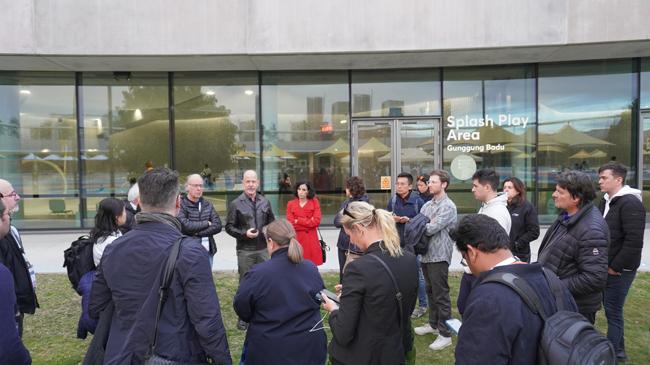
The 2024 IAKS Study Trip offered participants extremely interesting insights into Australia's sports and leisure facilities. Architectural highlights included the Rod Laver Arena, the Sydney Swans Headquarters, the Allianz Stadium, the Parramatta Swimming Center and the Pimpana Sports Hub, in addition to the traditional cricket stadiums.
Further highlights of Australia's culture included a number of tourist attractions such as walks in the heart of Sydney and on the world-famous beaches of Bondi Beach and Coogee Beach with a visit to the lifeguard club there, stadium experiences at rugby matches and a visit to a koala and kangaroo breeding sanctuary.
